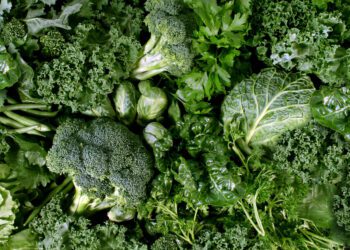Milk chocolate
Chocolate, or specifically milk chocolate, is a mix of cocoa, cocoa butter, milk and sugar, which gives us the creamy, sweet food used to make the popular chocolate blocks and bars we find in supermarkets. Milk chocolate is a high-fat and high-sugar food, with more than 50g of sugars and 30g of fat per 100g block. From a calorie perspective, a 100g serve of milk chocolate contains more than 500 calories, or the equivalent of a meal. As milk chocolate is so easy to overeat, thanks to its rich mouthfeel and high sugar content, the issue for many of us is that it can be challenging to control our portions.
Is dark chocolate healthier?
Dark chocolate, especially varieties with more than 70 per cent cocoa, are often considered a much “healthier” option. While dark chocolate does have a higher proportion of antioxidant compounds than milk chocolate, a closer look will reveal that nutritionally it is not that much different from regular chocolate, with even higher proportions of fat, and only slightly less sugar.
Higher quality blocks will have a higher cocoa percentage, and fewer ingredients overall. While poorer quality blocks will have a higher proportion of sugar and a lower percentage of cocoa.
The actual benefit that comes from choosing dark chocolate over milk varities is that the higher the percentage of cocoa, the greater the amount of antioxidants you consume. Some may argue you are also less likely to overeat dark chocolate due to its more bitter flavour.
What about white chocolate?
While some varieties of white chocolate may contain some cocoa butter, many supermarket brands are made with a base of vegetable oil, milk and sugar, which means you won’t get the same health benefits that come from chocolate with a relatively high percentage of cocoa.
The reality of eating a lot of chocolate
Ultimately, chocolate remains a high-fat, high-sugar and high-calorie food. Like all foods, overeating it occasionally is no cause for concern, but if you regularly down a block or two, there are significant metabolic effects that will drive appetite and weight gain long term.
The high calorie load is also likely to leave you feeling tired and lethargic, with blood redirected to the digestive system. You may still feel unsatisfied, as your body is craving the nutrients and protein it would usually receive after eating balanced meals. Like all discretionary foods, the key is to keep portions controlled.
How much is too much?
Just 30g of both milk and dark chocolate (about the equivalent of a row of squares) contains more than 150 calories, 9g of fat and more than 15g of sugars. This means that if you enjoy a daily serve of whichever variety of chocolate you prefer, sticking to just 20-30g is the key to avoiding a complete fat and sugar overload.
Are any varieties of chocolate healthier?
Like all processed foods, the shorter the ingredient list of your chocolate, the less processed it will be, and the better the option nutritionally.












